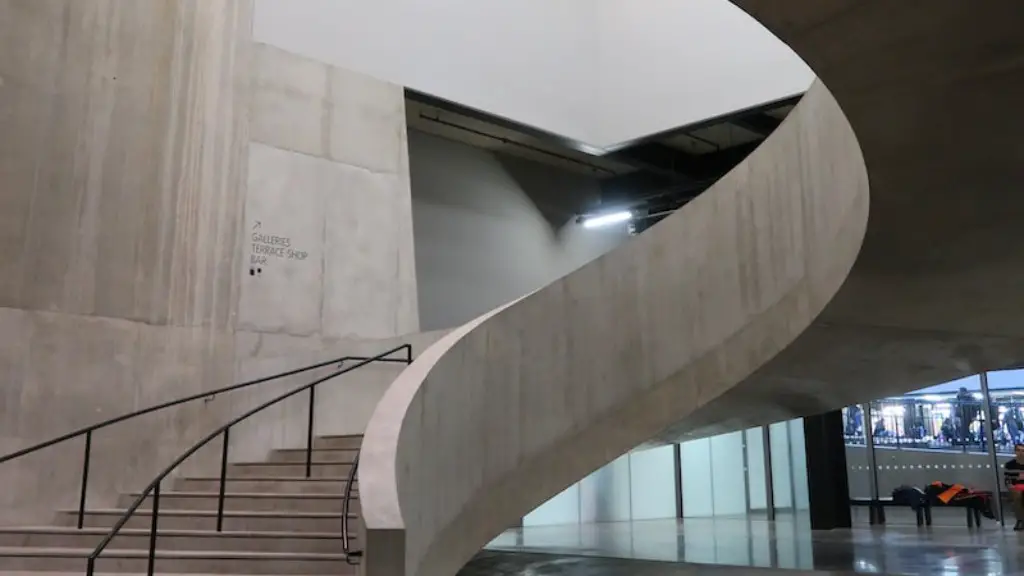Understanding the Transition from Architecture to Graphic Design
Graphic design has become an increasingly popular career of choice in recent years, and for those that have been trained in architecture, the switch to entering the world of graphic design can be an invigorating way to express creativity. It is important, however, to understand the differences in the two disciplines and how to make the transition from architecture to graphic design in order to maximize success in the new profession.
The Draw of Graphic Design for Architects
Graphic design is attractive to architects for a number of reasons, primarily the opportunity to use their creative talents in a different yet related capacity. Graphic design offers a wide array of design challenges to tackle, traditional and digital, which has prompted many architects to jump ship and make the transition. While the skill sets that they possess can certainly be transitionary, the transition still requires thoughtfulness, planning and effort in order to ensure a smooth move.
Preparing for the Transition
The transition from architecture to graphic design may require additional training in order to understand the nuances of the new profession. Understanding technology, such as Adobe Photoshop, InDesign, and Illustrator, is essential for success. It is also important for architects to understand principles of design and different design theories in order to fully grasp the profession. Additionally, to make the transition from architecture to graphic design seamlessly, it is important to gain a thorough understanding of color theory, image elements, effective typography and different types of printing processes.
Getting Involved in the Professional Community
One of the most important aspects of transitioning to graphic design is immersing oneself in the professional community. Attending graphic design specific conferences, expos and meetups can help to make contacts and gain a better understanding of the profession. Finding a mentor who has experience in both professions, such as a former architect who is now practicing graphic design, can also be incredibly valuable in finding guidance and assistance throughout the transition.
Finding the Right Jobs
Once the transition from architecture to graphic design is underway, it is important to find the right jobs in order to maximize financial success. Applying to freelance and contract opportunities that are geared toward architects can be beneficial, as can networking with colleagues who may be freelance or contract opportunities. Looking for more permanent graphic design opportunities can also be beneficial, as having the architecture background can be appealing to potential employers.
Understanding Creative Direction
It is also important for architects transitioning to graphic design to understand creative direction, which can be both exciting and difficult. Unlike architecture where creative direction may be valued but can be time consuming, creative direction in graphic design has the potential to be a major part of the job. Understanding opinion versus objective feedback when creating a design, as well as being able to articulate the creative design process are both important skills to have in this capacity.
Finding a Balance between Design and Technical Skills
When transitioning from architecture to graphic design, it is important to remember to value both design and technical skills. Most professional creators utilize both skills, and it is important to know how to properly balance the two in order to create successful designs. Architecture may have more emphasis on technical skills, but understanding the design principles behind each project can be incredibly beneficial in the world of graphic design.
Embracing the New Profession
Making the transition from architecture to graphic design can be an incredibly exciting and rewarding process when done correctly. Architects may have an advantage due to their technical skills, but it is important to embrace their design skills in order to make the transition successful. Understanding the core differences in skill sets as well as the unique opportunities that the new profession offers will help architects make the transition with confidence.
Gaining an Understanding of Color Scheme and Tone
Understanding color scheme and tone is an essential part of transitioning from architecture to graphic design. Color can evoke certain emotions and feelings, so it is important to take the time to research and explore color palettes and choose the right one for each design project. Incorporating imagery that complements the color palette and tone of a project is also important in order to create effective designs that work well with the overall design.
Exploring Technology for Everyday Projects
Graphic design and architecture involve significantly different technology, and it is important for architects making the switch to explore technology for everyday projects. Technology such as Adobe Creative Cloud, Sketch, Figma, and Gravit are all essential for graphic designers and can be incredibly helpful in making the transition. Educating oneself on each of these tools, as well as additional technology that can be beneficial, can be incredibly helpful in transitioning from architecture to graphic design.
Gaining Valuable Experiences and Projects
Finally, architects looking to transition to graphic design should look for work that can help to build their portfolio and resume. Whether it is looking for freelance opportunities, volunteering at a local design firm, or exploring internships, these experiences and projects can be invaluable in the transition. Making the most of these experiences can help to make the transition to graphic design successful and rewarding.


